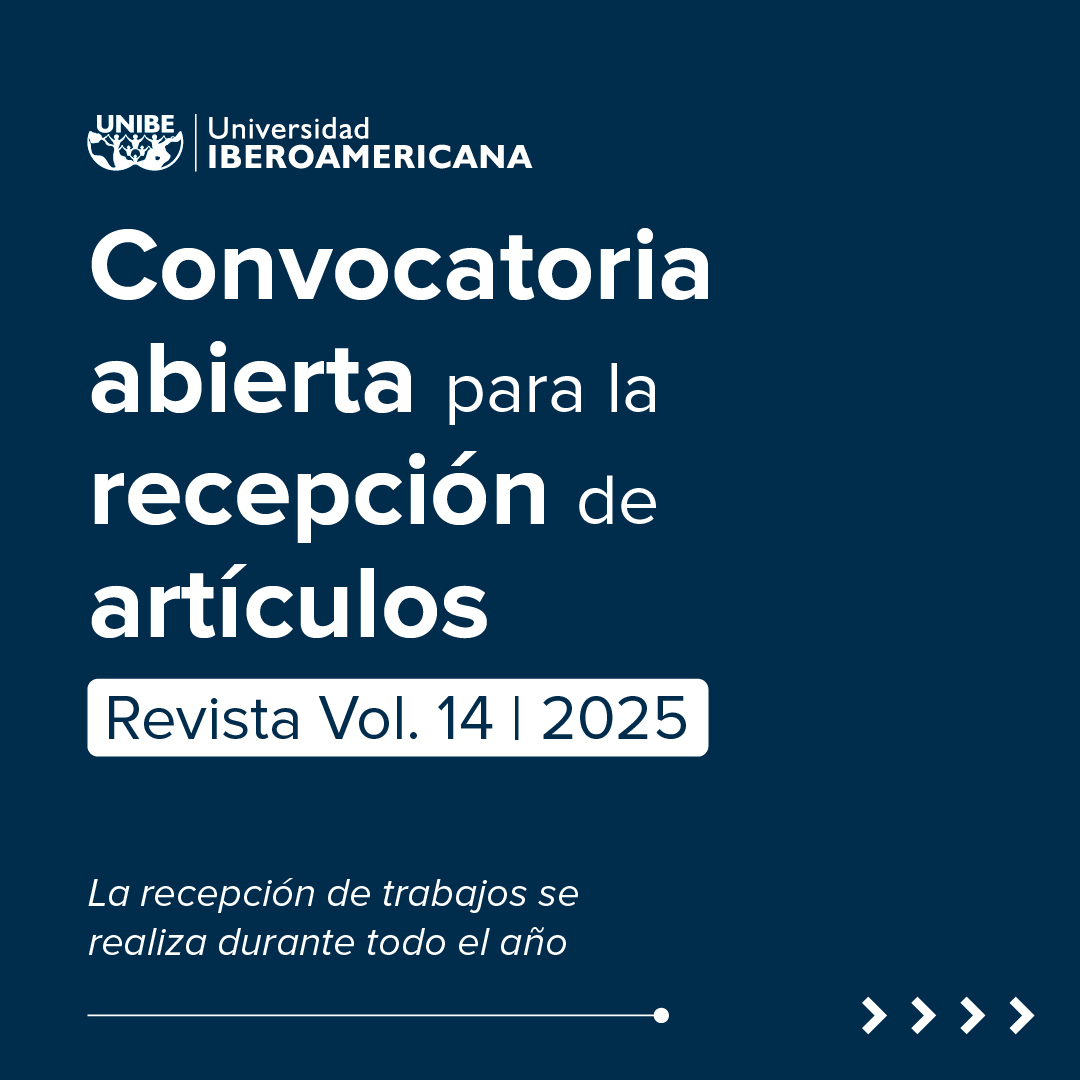The relationship between the postural disorder of stomatognathic system and lumbar spine pathologies in adult patients of the fisiotherapy and rehabilitation service at the Armed Forces Central Hospital
DOI:
https://doi.org/10.26885/rcei.9.1.74Keywords:
stomatognathic system, posturology, lumbar spine, biomechanical restructuringAbstract
The Stomatognathic System is one of the most complex systems of the human body, it influences concretely other systems respecting the principles of bio tensegrity, since this system and its position influences the center of gravity to the point that the Stomatognathic System relates it to lumbar spine pathologies. The research design was experimental, mixed approach. The sample formed 40 adult patients of both sexes, between 18 to 60 years old, with lumbar pathologies. The primary source from which the data was obtained is software Al Posture Evaluation and Correction System APECS, version 1.84, complete evaluation in all planes plus flexion. Correlative numbers to safeguard the patient’s personal characteristics coded the cards. Each patient received 18 cards with different characteristics. In total, 720 cards were analyzed. The difference in averages of biomechanical changes in the anterior plane was observed with the average improvement of 0.9 ° in the experimental group vs. at -0.2 ° in the control group in the posterior plane, an improvement in changes of 1.3 in the experimental group vs. 0.2 in the control group. In the right lateral and left lateral plane, the changes presented an increase in the angle after treatment, which means that the difference of the before and after averages yielded negative data for the right lateral plane of -0.81 ° for the experimental group and - 1.41 control group. Pain significantly improved in both groups.
Downloads
References
Aguirre Siancas, E. E. (2017). Bases neurocientíficas de la función masticatoria y su efecto sobre el estrés y las funciones cognitivas. Revista Chilena Neuro Psiquiatrica, 55. http://dx.doi.org/10.4067/S0717-92272017000100002
Fuentes, F., & Oporto, V. (2016). Evaluación de la validez y confiabilidad de una metodología para medir la actitud postural humana y su relación con los trastornos de la articulación temporomandibular. Revista Médica de Singapur, 8. https://www.ncbi.nlm.nih.gov/pubmed/26768173
Hernández Sampieri, R. (2014). Metodología de la Investigación Científica (6a ed.). McGRAW-HILL / INTERAMERICANA EDITORES.
Klasser, G. D. (2015). Sleep Bruxism Etiology: The Evolution of a Changing Paradigm. Canadian Dental Association. https://pubmed.ncbi.nlm.nih.gov/25633110/
López Soto, P. J., García, B. M., Arroyo García, J. V., García Ruiz, M., Sánchez-Ossorio5, E., & Rodríguez-Borrego, M. A. (2018). Neuralgia Occipital: un abordaje terapéutico no invasivo. Rev. Latino-Am. Enfermagem, 7. http://www.scielo.br/pdf/rlae/v26/es_0104-1169-rlae-26-e3067.pdf
Mera, N., Morales, L., Ordóñez, D., & Gómez, G. (2015). Signos, síntomas y alteraciones posturales en pacientes diagnosticados con trastornos de la articulación temporomandibular. Universidad Odontológica, 1(10):0120-4319. http://www.javeriana.edu.co/%0Auniversitasodontologica
Paredes, C., & Gomero, R. (2018). Evaluación postural y presencia de dolor osteomuscular en trabajadores de una clínica materno-infantil, en la ciudad de Lima. Revista Medica Heredia, 29(5). http://www.scielo.org.pe/scielo.php?pid=S1018-130X2018000100004&script=sci_arttext&tlng=en
Pinheiro, K. R. G., da Costa Rocha, T. C., Machado Silva Brito, N. M. L. de G. da S., Carvalho, M. E. I. M. de, Mesquita, L. S. de A., & Carvalho, F. T. de. (2014). Influencia de los ejercicios de pilates en la estabilización del suelo en los músculos lumbares en adultos mayores. Revista Brasilera Cineantropométrica Desempeño Humano, 16(13). http://dx.doi.org/10.5007/1980-0037.2014v16n6p648
Raquel, A. Z., & Potosí Moya, V. J. et al. (2016). La postura corporal y su relación con obesidad y sobrepeso en niños de 6 a 12 años, provincia de Imbabura. La U Investiga, 3(99). http://revistasojs.utn.edu.ec/index.php/lauinvestiga/article/view/238/228
Rodríguez, S., González, M., Rodríguez, L., & RamosI, L. P. (2017). Modificaciones de la oclusión dentaria y su relación con la postura corporal en Ortodoncia. Revisión bibliográfica. Revista Habanera de Ciencias Médicas, 16.
Rubio Fernández, D. (2015). Valoración del cumplimiento de un programa de escuela de espalda vs el tratamiento farmacológico en la lumbalgia crónica. Universidad de Valencia.
Sgarbi, N., & Telis, O. (2018). Unión cráneo-cervical – anatomía normal y correlación con imágenes. Revista Argentina de Radiología, 82. https://doi.org/10.1055/s-0038-1656541
Silverio, D. R. (2016). Rehabilitación Miofuncional Postural. Vicolo dell Ingano. https://books.google.com.py/books?id=_E5DDAAAQBAJ
Territorial, S. de S. L. D. (2017). Cuadernillo Informativo de PRL: Trastornos Musculoesqueléticos. https://madrid.ugt.org/sites/madrid.ugt.org/files/node_gallery/Galer-aPublicaciones/CUADERNILLO MUSCULOESQUELETICO BAJA.pdf
Testal, C., & García, R. (2017). Patología psicosomática. Fundamentos de Psicopatología.














